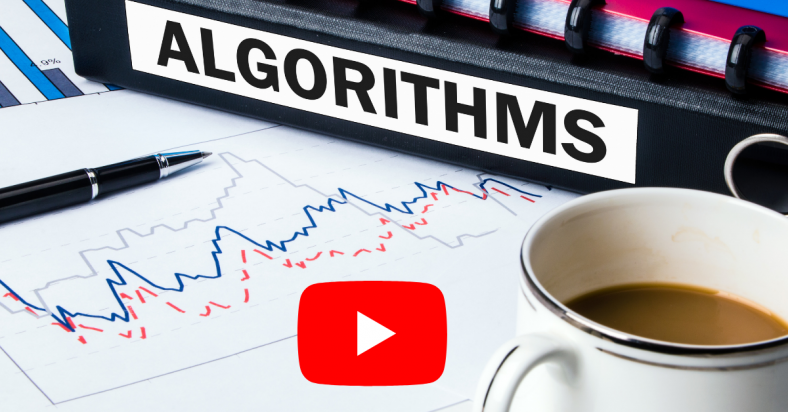To give more insights into how its algorithm works, Rachel Alves, Product Manager of YouTube Discovery, answered some of the most commonly asked questions on YouTube. Here is how YouTube answers how its algorithms work.
Question No. 1 – Is it a good idea to share videos outside of YouTube?
A video marketing agency Hong Kong highlights that brands and businesses should absolutely share videos outside of YouTube. YouTube’s recommendation system focuses on how videos perform as they are offered up to viewers on YouTube and other suggested platforms. Sharing videos on suggested platforms outside of YouTube allows them to learn how videos are doing, do viewers choose to watch them, how much and how long of the video did the viewers watch, and if they are satisfied with it.
If the videos of brands and businesses are getting more traffic from external sources like social media, it is likely to increase the potential of such videos to be discovered by more viewers. Another benefit is that those videos are now in the viewers’ watch history. As such, there is a higher likelihood that the videos may be recommended in the future.
Question No. 2 – What is up with random videos being recommended from 10 to 12 years ago? Will it have a weird audience effect on the algorithm? Or a deliberate algorithm side quirk?
Whenever people are on YouTube, old videos are being recommended. These are videos uploaded weeks, months, or years ago. The reason behind this is that YouTube’s ranking system is designed to match viewers with the videos they are most likely to enjoy. It is regardless of when the videos are published.
If viewers continue to show interest in a given video, it will likely continue to be recommended even if they are uploaded 10 to 12 years ago. YouTube will recommend them until the viewers’ interest started to decline, or viewers started to choose to watch more of other videos being offered to them.
A digital marketing speaker Hong Kong states that there is great value in all videos for YouTube creators and channels. They can drive in new viewers who are discovering you for the first time. Viewers can binge through your catalog and other stuff that you have uploaded. They may also start a habit of watching your most recent uploads. YouTube ranking work as expected and intended. If an old video gets recommended, viewers are likely to continue to enjoy it.
Question No. 3 – Does YouTube need a new creator tab highlighting new creators to get more views?
YouTube also hears from viewers that they want to discover new artists, channels, creators, and interests. They want to branch out to what they regularly watch. That is why, recently, YouTube added “New to You.”
“New to You” shows recommendations of videos that the viewers have not yet seen before. The recommendations align with their personal interests and preferences. After a viewer refreshes the homepage feed, the viewer will discover more new content and creators outside of what he or she is currently watching. A social media agency Hong Kong also notes that YouTube is currently working on special projects to help small brands and businesses to find audiences.
Question No. 4 – Does it makes a difference to add separate action and location tags?
Most brands and businesses treat tagging on YouTube as less important. Tags can help influence the viewers’ focus on decisions that they think about. When viewers are choosing what to watch, the title and thumbnail of a video are what rank on SEO. Changing and swapping tags on a YouTube video is unlikely to impact a video performance.
Brands and businesses should instead start searching for relevant successful videos and see what is working on them. As an example, listicle formats on video titles seem to be doing well. YouTube suggests using Google Searches or Google Trends to generate tags that fill in the gaps among popular video content. If your video can fill a niche, that is the time video tags can work.
Question No. 5 – Did YouTube recently change its algorithm?
First off, YouTube changes the recommendation system and makes improvements hundreds of times every year. But what the platform optimizes for does not typically change. Every time YouTube makes an update, the platform usually gets better at predicting what viewers are most likely to watch and enjoy.
Second, viewers’ schedules typically change every September. It is because of the beginning of the school cycle. September is also the month when a lot of creators experience a steady decline with viewership, spiking on the weekends. New uploads also take up a little bit than usual during these periods. But take note that YouTube do no changes in algorithm during those times.
Reference: https://www.youtube.com/watch?v=MaYvtl6mZZ0

